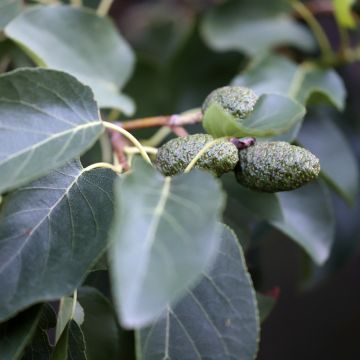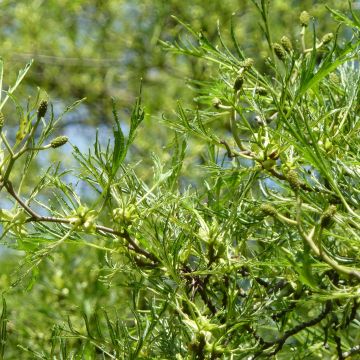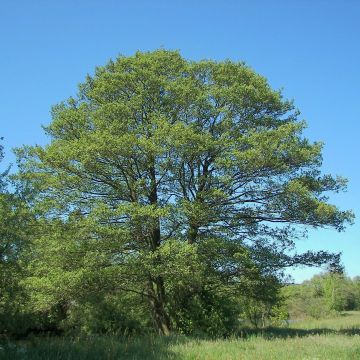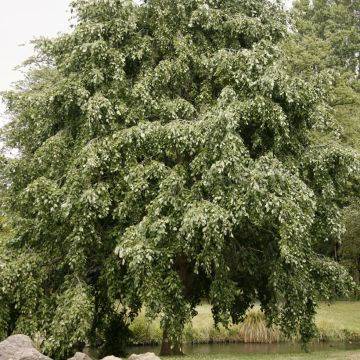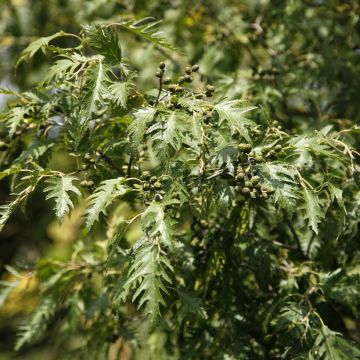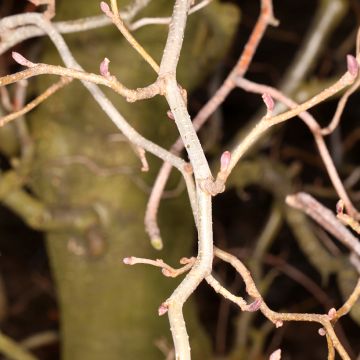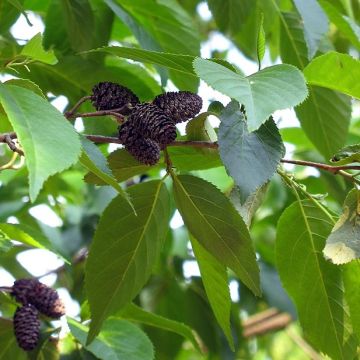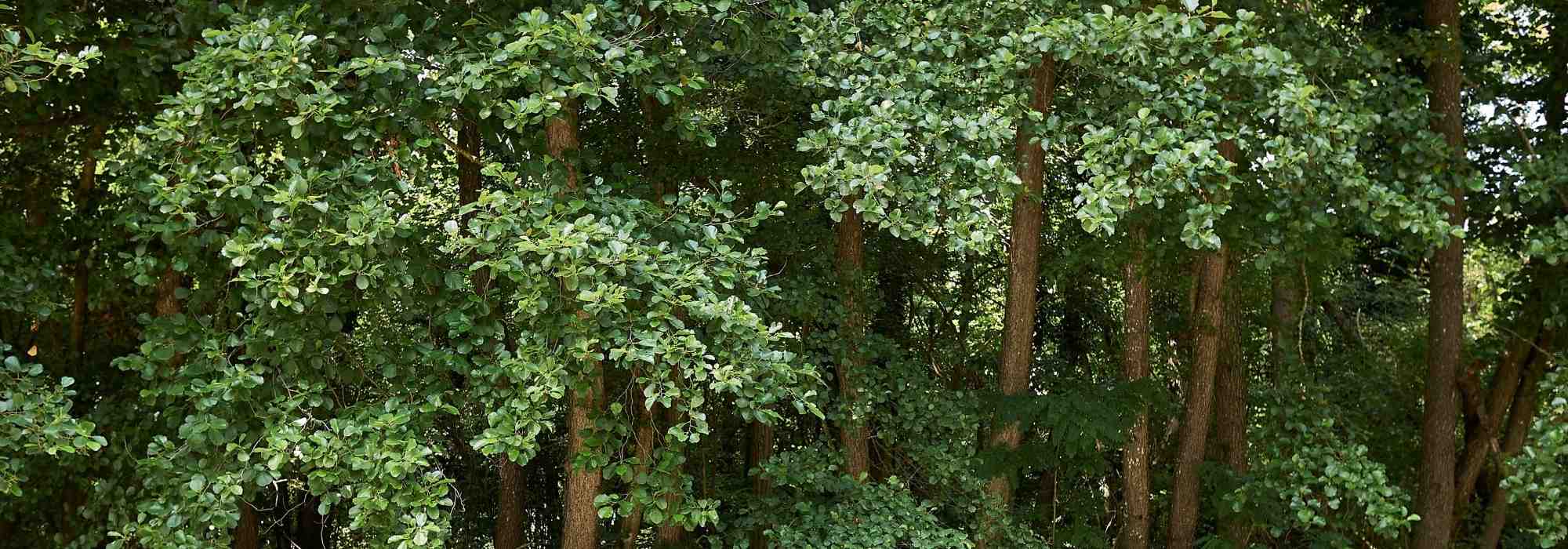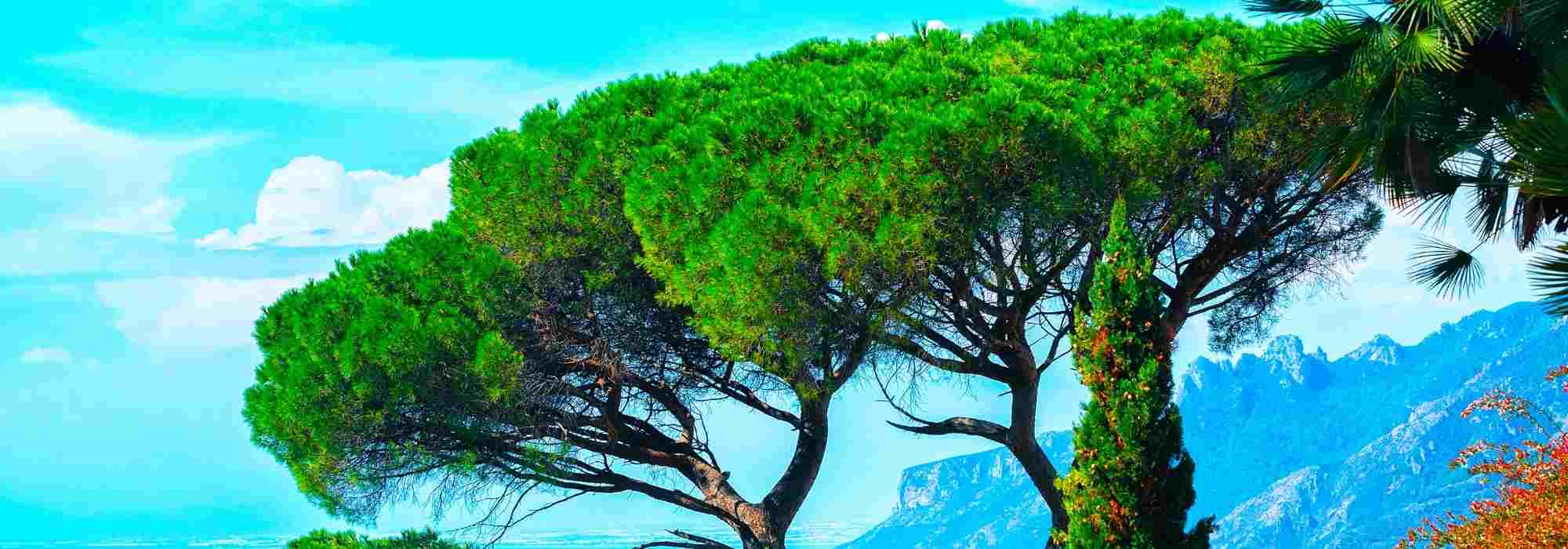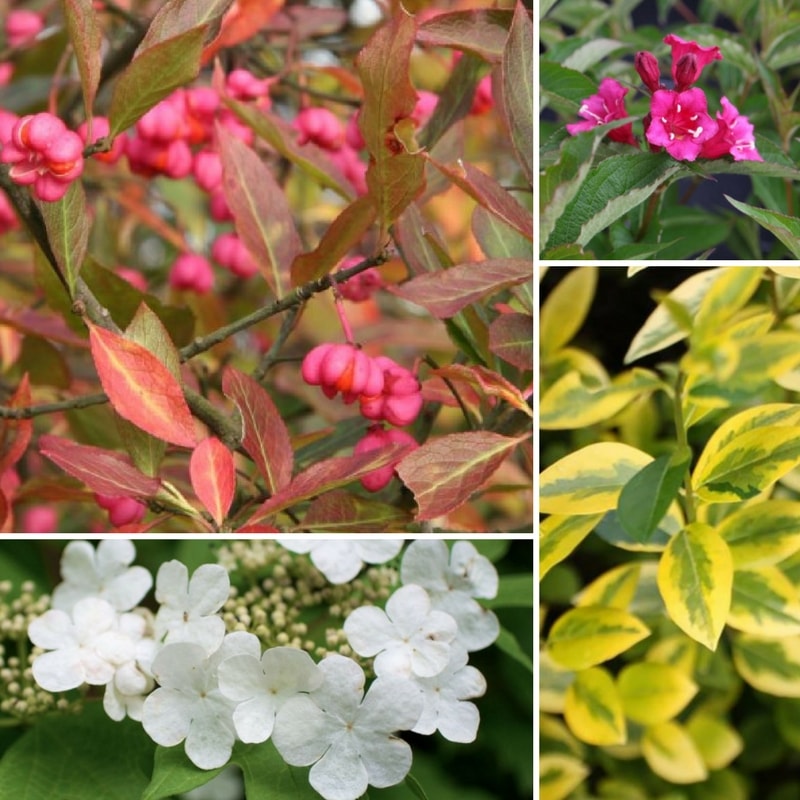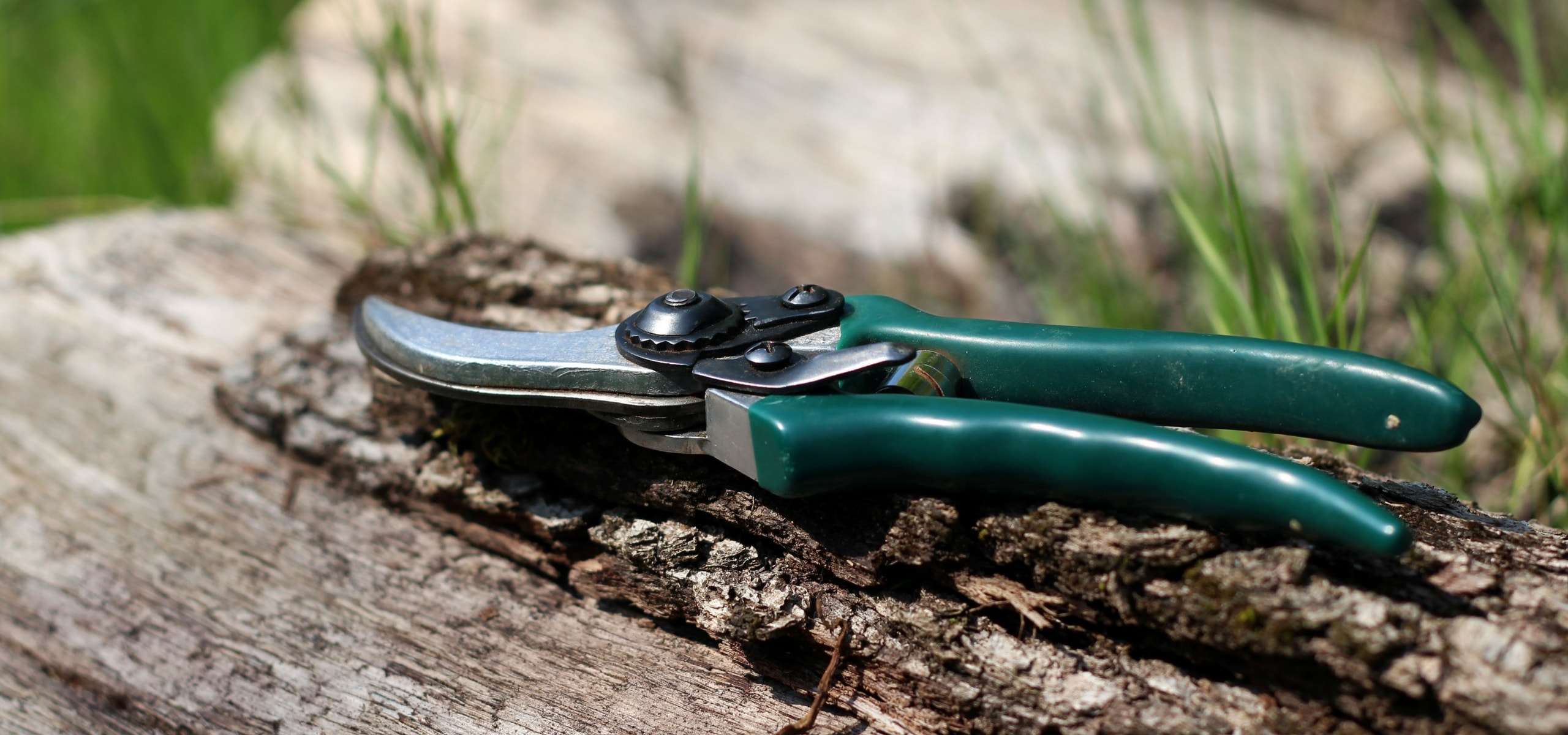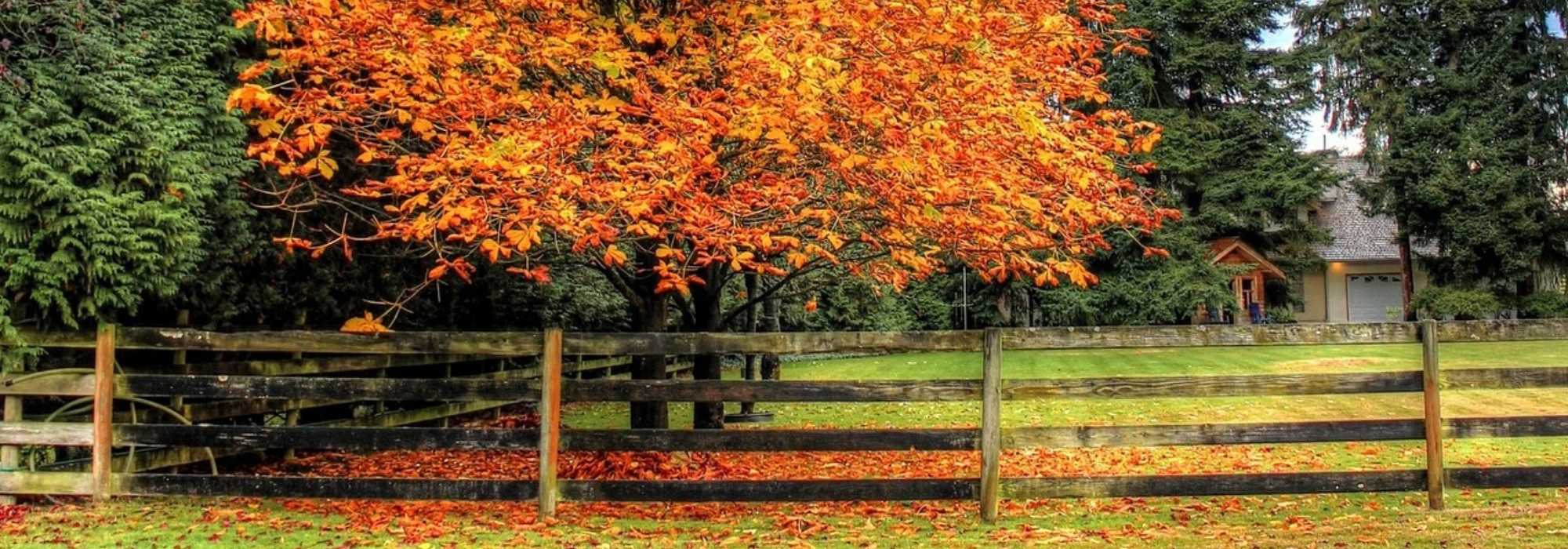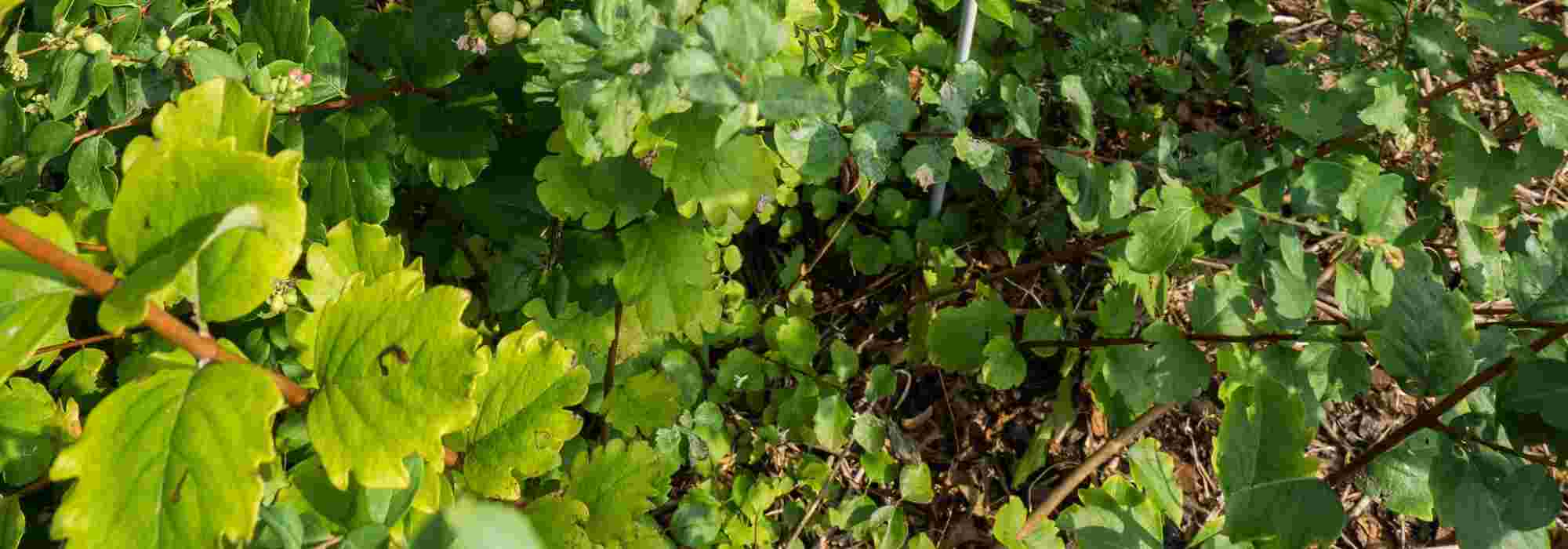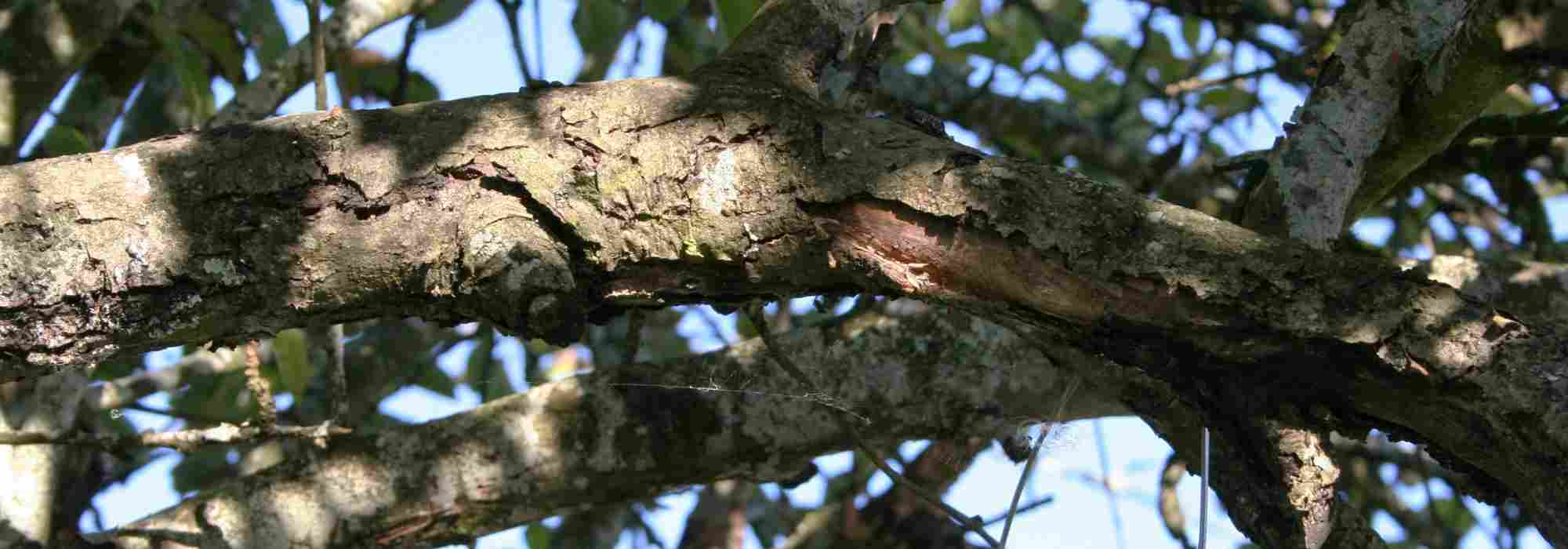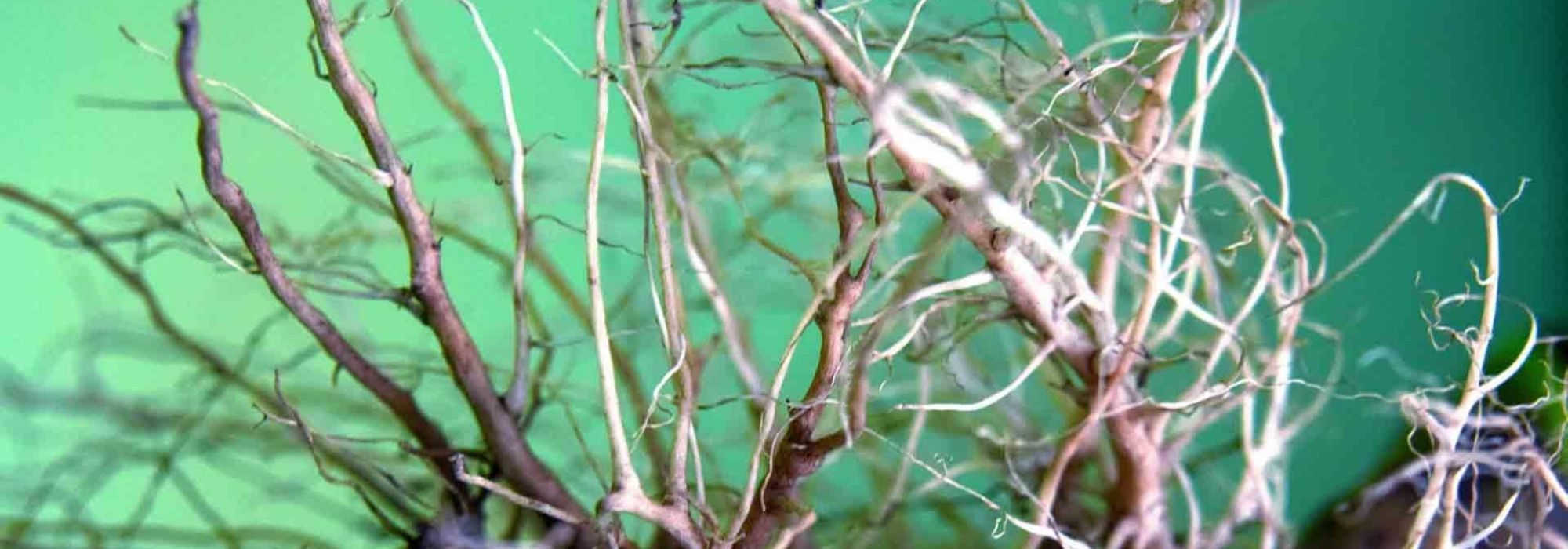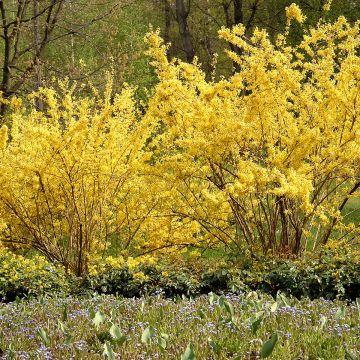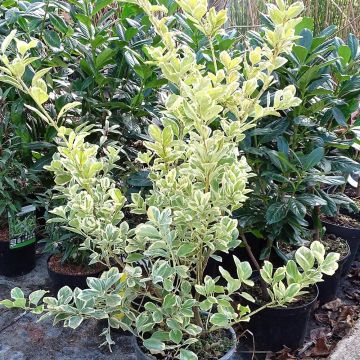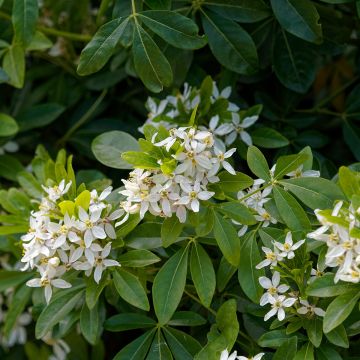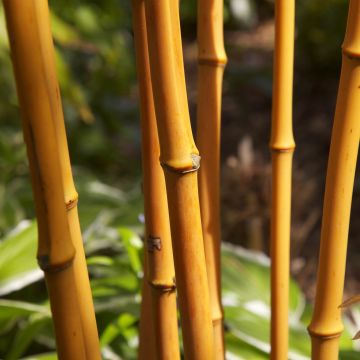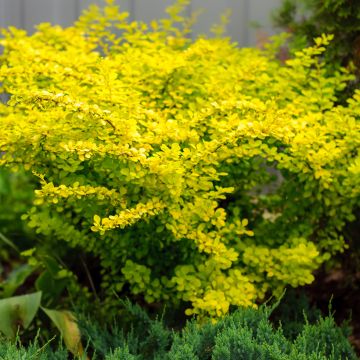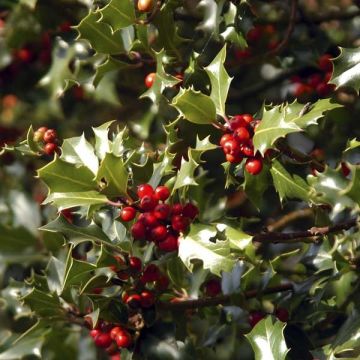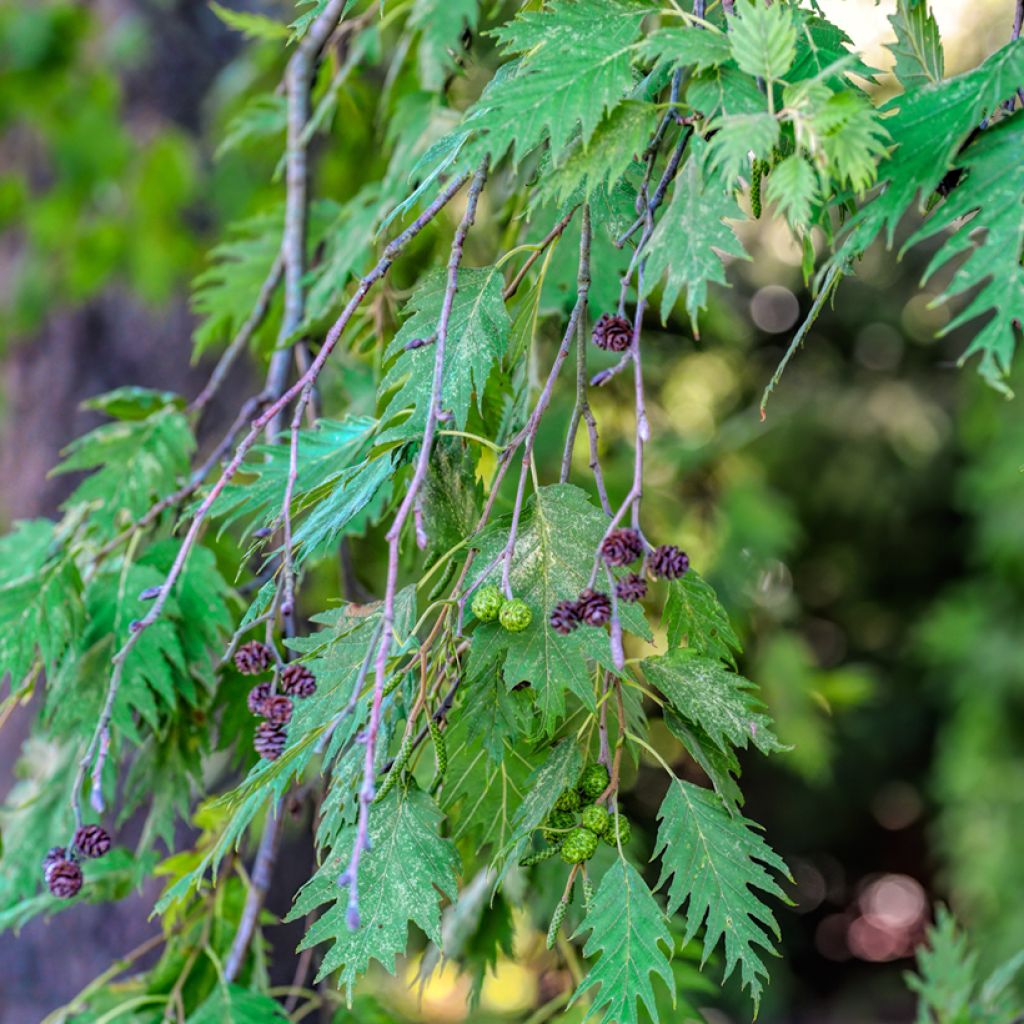

Alnus incana Laciniata - Grey Alder
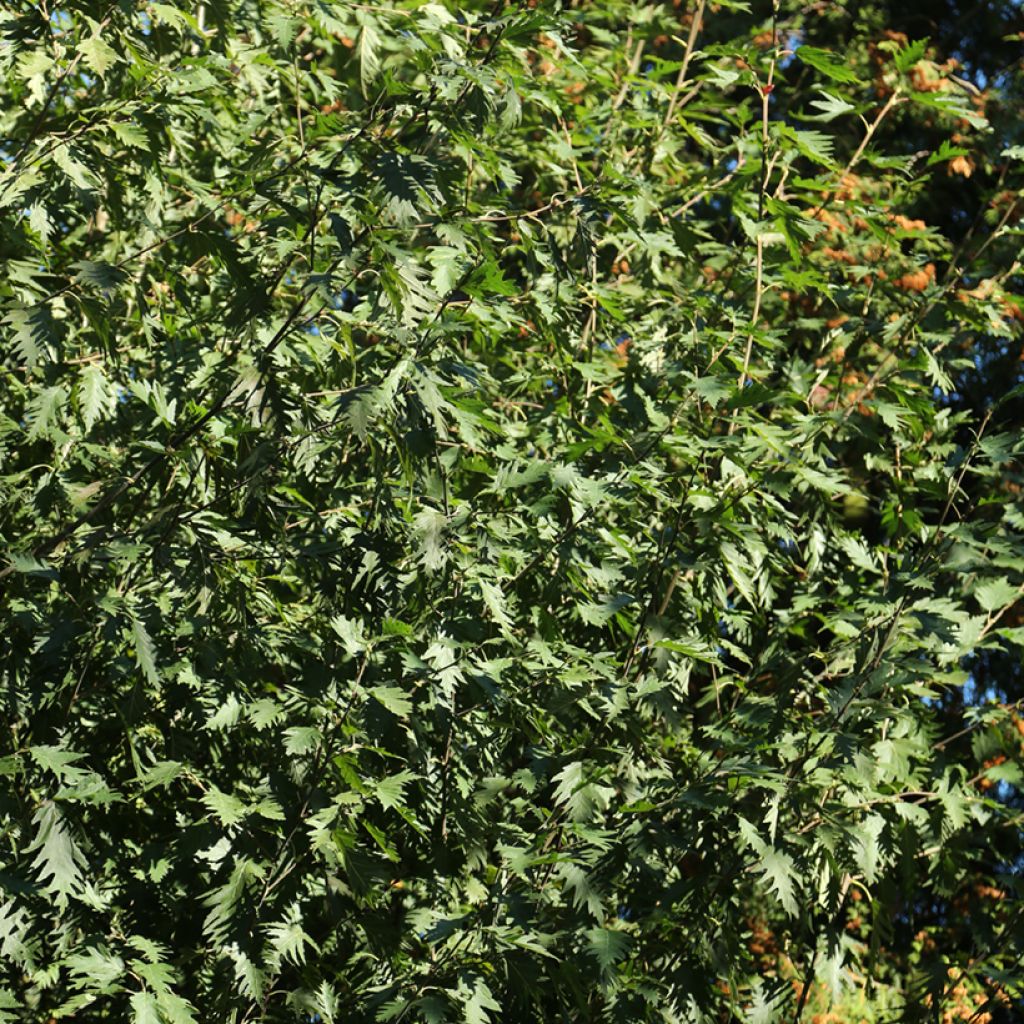

Alnus incana Laciniata - Grey Alder
Alnus incana Laciniata - Grey Alder
Alnus incana Laciniata
Grey Alder, Speckled Alder
Special offer!
Receive a €20 voucher for any order over €90 (excluding delivery costs, credit notes, and plastic-free options)!
1- Add your favorite plants to your cart.
2- Once you have reached €90, confirm your order (you can even choose the delivery date!).
3- As soon as your order is shipped, you will receive an email containing your voucher code, valid for 3 months (90 days).
Your voucher is unique and can only be used once, for any order with a minimum value of €20, excluding delivery costs.
Can be combined with other current offers, non-divisible and non-refundable.
Why not try an alternative variety in stock?
View all →This plant carries a 24 months recovery warranty
More information
We guarantee the quality of our plants for a full growing cycle, and will replace at our expense any plant that fails to recover under normal climatic and planting conditions.
Would this plant suit my garden?
Set up your Plantfit profile →
Description
Alnus incana 'Laciniata' is a particularly elegant variety of white alder. This deciduous tree, with a medium-sized stature and a slender crown, bears fine-textured foliage composed of toothed leaves. Its smooth, almost white, grey bark, adds to its charm, as does its winter flowering with pendulous brownish-purple catkins, which appear well before the foliage. This tree is very hardy and not very demanding in terms of soil requirements. Well adapted to moist and limestone soils, it can withstand drought once well rooted. It can be planted as a standalone specimen in a medium-sized garden or on a large plot of land.
Alnus incana 'Laciniata' is a deciduous tree belonging to the Betulaceae family, just like birches. The species, commonly known as mountain alder or grey alder, is native to temperate regions of the northern hemisphere and is hardy down to -36ºC. Thanks to its flexibility and ability to produce suckers, it is one of the few trees capable of withstanding avalanches. It is a pioneer species, with rapid growth and the ability to form dense stands in poor and limestone soils. Its deep and running root system allows it to withstand wind and establish itself firmly even in very unstable, sloping terrain.
The 'Laciniata' white alder reaches a height of 10 to 12 metres and a spread of 5 to 6 metres. Its growth rate is moderate and depends on the growing conditions. This variety often develops multiple trunks, giving rise to a slender main branch supporting an elongated ovoid crown. Both the trunk and young branches are grey. The deciduous foliage appears in spring and falls in autumn. It is airy, light green and composed of widely spaced leaves with deeply serrated edges. The branches and undersides of the leaves are covered in a light fuzz. Flowering occurs in February. The tree bears inconspicuous female catkins, measuring about 5 cm long, and more decorative male catkins, measuring 7 cm long, with a purplish colour and powdery yellow pollen. Once pollinated by insects, the female flowers transform into fruits. These are grey-brown cones, visible from September onwards, remaining attached to the branches throughout winter. They release narrow-winged seeds that are dispersed by the wind and provide an important food source for certain birds. The 'Laciniata' variety tolerates occasional flooding better than the typical species, but its cousin, the common alder, is better adapted to marshy soils.
Alnus incana 'Laciniata' is a highly ornamental tree, best placed in a clear location to fully appreciate its natural elegance. Surround it with low-growing shrubs that thrive in limestone soils, such as dwarf weigelas or St. John's wort, for example.
White alder is widely planted for greening poor and unstable soils in mountainous areas, as well as on slag heaps. Its root system forms nodules containing nitrogen-fixing bacteria, enriching the soil with this valuable resource. It is also commonly used in windbreak hedges in flatlands.
Alnus incana comes from the Latin word incanus, meaning "covered with greyish-white hair," referring to the hairy undersides of young leaves. The leaf is used as a diuretic and vermifuge. The bark is astringent and tonic.
Plant habit
Flowering
Foliage
Safety measures
Botanical data
Alnus
incana
Laciniata
Betulaceae
Grey Alder, Speckled Alder
Alnus incana var. pinnatifida, Alnus incana var. acutiloba
Cultivar or hybrid
atteinterespiratoire
Cette plante peut entraîner des symptômes allergiques.
Evitez de la planter si vous ou vos proches souffrez de rhinite saisonnière ("rhume des foins").
Davantage d'informations sur https://plantes-risque.info
Other Alnus - Alder
View all →Planting and care
Easy to grow in a rather chalky soil, the White Alder 'Laciniata' requires little maintenance. It can be planted in a dry to moist soil, even temporarily waterlogged, in full sun. It withstands wind well. Prune only to remove dead or unnecessary branches.
Planting period
Intended location
Care
Planting & care advice
This item has not been reviewed yet - be the first to leave a review about it.
Similar products
Haven't found what you were looking for?
Hardiness is the lowest winter temperature a plant can endure without suffering serious damage or even dying. However, hardiness is affected by location (a sheltered area, such as a patio), protection (winter cover) and soil type (hardiness is improved by well-drained soil).

Photo Sharing Terms & Conditions
In order to encourage gardeners to interact and share their experiences, Promesse de fleurs offers various media enabling content to be uploaded onto its Site - in particular via the ‘Photo sharing’ module.
The User agrees to refrain from:
- Posting any content that is illegal, prejudicial, insulting, racist, inciteful to hatred, revisionist, contrary to public decency, that infringes on privacy or on the privacy rights of third parties, in particular the publicity rights of persons and goods, intellectual property rights, or the right to privacy.
- Submitting content on behalf of a third party;
- Impersonate the identity of a third party and/or publish any personal information about a third party;
In general, the User undertakes to refrain from any unethical behaviour.
All Content (in particular text, comments, files, images, photos, videos, creative works, etc.), which may be subject to property or intellectual property rights, image or other private rights, shall remain the property of the User, subject to the limited rights granted by the terms of the licence granted by Promesse de fleurs as stated below. Users are at liberty to publish or not to publish such Content on the Site, notably via the ‘Photo Sharing’ facility, and accept that this Content shall be made public and freely accessible, notably on the Internet.
Users further acknowledge, undertake to have ,and guarantee that they hold all necessary rights and permissions to publish such material on the Site, in particular with regard to the legislation in force pertaining to any privacy, property, intellectual property, image, or contractual rights, or rights of any other nature. By publishing such Content on the Site, Users acknowledge accepting full liability as publishers of the Content within the meaning of the law, and grant Promesse de fleurs, free of charge, an inclusive, worldwide licence for the said Content for the entire duration of its publication, including all reproduction, representation, up/downloading, displaying, performing, transmission, and storage rights.
Users also grant permission for their name to be linked to the Content and accept that this link may not always be made available.
By engaging in posting material, Users consent to their Content becoming automatically accessible on the Internet, in particular on other sites and/or blogs and/or web pages of the Promesse de fleurs site, including in particular social pages and the Promesse de fleurs catalogue.
Users may secure the removal of entrusted content free of charge by issuing a simple request via our contact form.
The flowering period indicated on our website applies to countries and regions located in USDA zone 8 (France, the United Kingdom, Ireland, the Netherlands, etc.)
It will vary according to where you live:
- In zones 9 to 10 (Italy, Spain, Greece, etc.), flowering will occur about 2 to 4 weeks earlier.
- In zones 6 to 7 (Germany, Poland, Slovenia, and lower mountainous regions), flowering will be delayed by 2 to 3 weeks.
- In zone 5 (Central Europe, Scandinavia), blooming will be delayed by 3 to 5 weeks.
In temperate climates, pruning of spring-flowering shrubs (forsythia, spireas, etc.) should be done just after flowering.
Pruning of summer-flowering shrubs (Indian Lilac, Perovskia, etc.) can be done in winter or spring.
In cold regions as well as with frost-sensitive plants, avoid pruning too early when severe frosts may still occur.
The planting period indicated on our website applies to countries and regions located in USDA zone 8 (France, United Kingdom, Ireland, Netherlands).
It will vary according to where you live:
- In Mediterranean zones (Marseille, Madrid, Milan, etc.), autumn and winter are the best planting periods.
- In continental zones (Strasbourg, Munich, Vienna, etc.), delay planting by 2 to 3 weeks in spring and bring it forward by 2 to 4 weeks in autumn.
- In mountainous regions (the Alps, Pyrenees, Carpathians, etc.), it is best to plant in late spring (May-June) or late summer (August-September).
The harvesting period indicated on our website applies to countries and regions in USDA zone 8 (France, England, Ireland, the Netherlands).
In colder areas (Scandinavia, Poland, Austria...) fruit and vegetable harvests are likely to be delayed by 3-4 weeks.
In warmer areas (Italy, Spain, Greece, etc.), harvesting will probably take place earlier, depending on weather conditions.
The sowing periods indicated on our website apply to countries and regions within USDA Zone 8 (France, UK, Ireland, Netherlands).
In colder areas (Scandinavia, Poland, Austria...), delay any outdoor sowing by 3-4 weeks, or sow under glass.
In warmer climes (Italy, Spain, Greece, etc.), bring outdoor sowing forward by a few weeks.






























